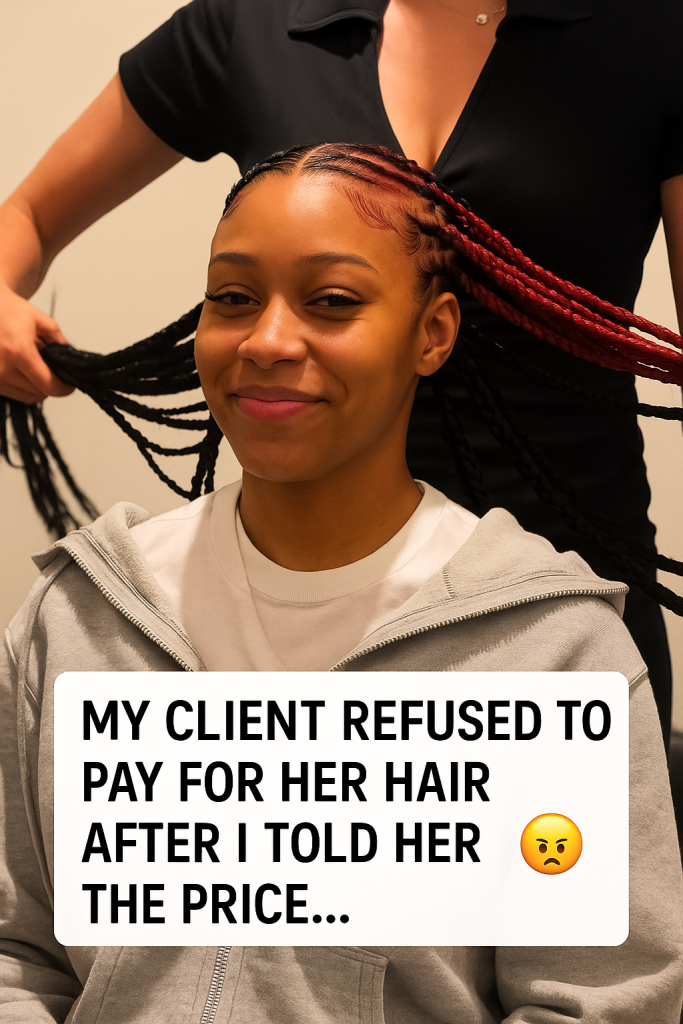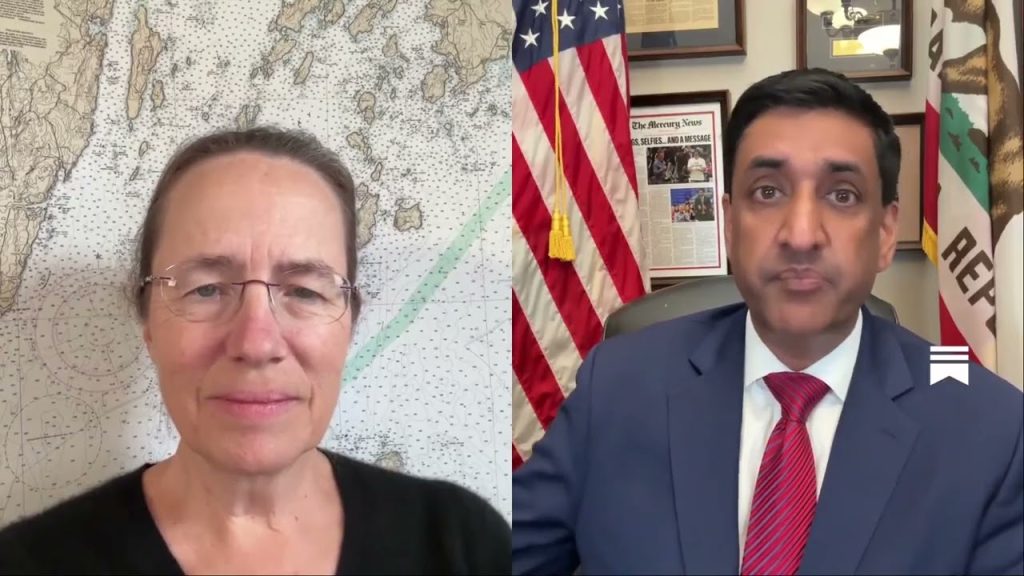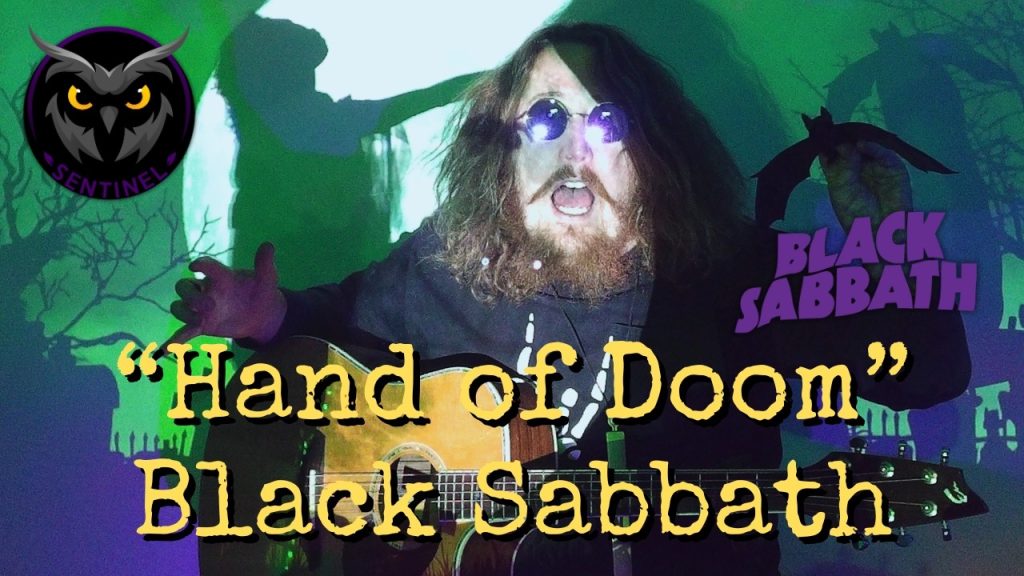It’s about to get heated in the beauty industry — and not because of the salon’s styling tools. Across the country, recent waves of significant price increases at hair salons are sparking outrage among customers, while stylists defend the need to raise rates amidst soaring inflation and rising operational costs.
In 2024, many salons have announced increases in haircut and coloring services that range from 15% to 40%. Clients are reacting with frustration on social media, sharing memes, heated threads, and viral videos venting about feeling “nickeled and dimed.” The controversy has evolved beyond typical customer dissatisfaction to a broader conversation about the fairness and sustainability of salon pricing models.
The root of the backlash lies largely in the fast-growing costs that salon owners and hairstylists face. Expenses for high-quality hair products, continued education and training, higher rent, utilities, and professional tools have all surged in recent years. Furthermore, many stylists are demanding higher wages as they seek to keep up with inflation and improve their livelihoods after years of being underpaid or undervalued.
One hairstylist who wished to remain anonymous explained, “Our costs are way up, and so is the value we bring. Increasing prices isn’t just about making more money — it’s about making sure we can continue to provide great service and support ourselves.”
This economic reality clashes head-on with consumers’ sensitivity to price changes, especially after years of pandemic-related financial strain. According to data gathered from salon industry reports, inflation in salon services has outpaced many other sectors, driven by a labor shortage that resulted in stylists gaining leverage to negotiate better pay.
But the price hikes have led some customers to seek alternatives, such as DIY haircuts, home kits, or bargain salons, resulting in a shift in industry dynamics. Some long-time clients admit that even they’re reconsidering regular appointments due to sharply increased prices.
This tension has sparked heated debates online: Are salons entitled to raise prices this steeply, or are they alienating their core clientele? Should hairstylists be better compensated for their skills? And ultimately, what is a “fair” price for a haircut or color in 2024?
Industry experts weigh in that this friction is part of a larger economic adjustment that many personal service sectors are undergoing. The days of undervalued labor and bargain prices may be ending as inflation reshapes consumer spending habits and wage expectations.
For the consumer, this means a recalibration of budgeting for beauty services and a more conscious consideration of where and how money is spent. For hairstylists and salon owners, it means navigating a tricky balance between fair compensation and customer retention.
As salons roll out these new pricing structures, communication has emerged as a key factor. Salons that clearly explain their reasons for hikes and affirm their commitment to quality and safety tend to face less customer backlash, highlighting the importance of transparency.
Whatever side of the debate you fall on, one thing is clear: the hair industry in 2024 is entering a new chapter where value, wages, and prices will be redefined — and the heat of discussion is only just beginning.



